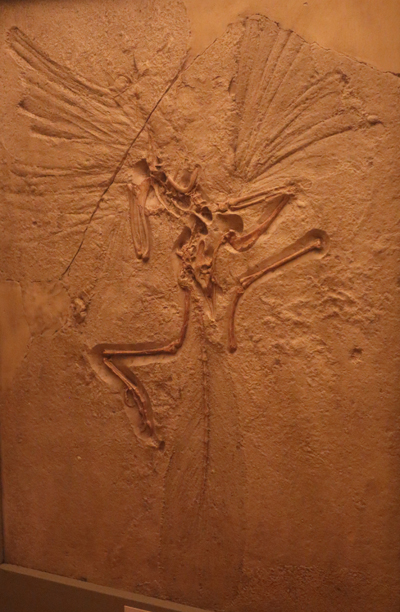A Remarkable Ancient Duck – Oldest Bird with a Toothless Jaw found to Date
Discovery of Earliest Known Fossil of a Toothless Bird Announced
The discovery of the oldest known toothless bird has been announced by Chinese scientists. The evolution of birds and their diversification during the Late Jurassic and Cretaceous is little understood by palaeontologists. There are very few fossils to study. Birds with their ability to fly took to forests and wooded areas very early in their evolution, especially with so many small theropod dinosaurs running around, being up in a tree and relatively safe was a good place to be for a bird. However, in forest environments the potential for fossil preservation is often very poor, so there are only a few fossils of early birds within the fossil record.
An Ancient Duck
The north-eastern Chinese province of Liaoning is the exception with many fine specimens of birds (and feathered dinosaurs) having been unearthed. This new Liaoning genus, named Zhongjianornis yangi was about the size of a pigeon and like the majority of fossils found in this area, the specimen represents an individual that ended up at the bottom of a lake, covered with fine sediment which was low in oxygen and ultimately this aided preservation as a fossil. A study of the fossil, the paper of which is due to appear in the scientific journal – Proceedings of the Royal Society B, reveals that this early bird may have been semi-aquatic, a sort of early duck.
Fossil Skeleton
To date only one fossil skeleton has been found, but it is virtually complete and like many of the other Liaoning fossils shows exceptional detail. This particular bird had a long, pointed snout with toothless jaws, shedding new light on the evolution of that well-known feature of birds – the beak. The Chinese team have dated this creature to approximately 120 million years ago, Early Cretaceous (Aptian faunal stage), it represents the most primitive toothless bird discovered to date.
Although the earliest known bird Archaeopteryx had a number of reptilian features including needle-like teeth in the jaws, a number of different types of bird soon lost their teeth as the Aves order diversified. This is an example of parallel evolution, with different types of creature evolving the same solution to a common problem, in this case the need to lose weight so that flight could become more efficient. This is an example of selective pressure to produce a lighter skeleton to aid flight.
A Replica of an Archaeopteryx Fossil
Picture credit: Everything Dinosaur
This particular primitive bird may have fed on fish, although this is speculation, the pointed snout would have helped it catch them but the lack of teeth may have made holding onto slippery prey difficult. However, many bird species feed on fish today so this is quite possible. There was a lot of prey in the lush forests and lakes of the Liaoning region during the Early Cretaceous. The fossil record from Liaoning is very rich with many types of fish, amphibians, reptiles, mammals, plants and birds known, as well as the dinosaurs.
Commenting on this discovery, palaeontologist Dr Zhonghe Zhou, of the Chinese Academy of Sciences, Beijing, stated:
“Over 30 genera of Early Cretaceous birds have been reported in the last two decades from the Lower Cretaceous of north-eastern China, documenting a burst of avian diversification that followed the appearance of the earliest bird Archaeopteryx”.
This new discovery will add to our knowledge regarding the diversity of early birds.
Dr Zhou added:
“The new material is represented by a nearly complete and articulated skeleton. The new bird displays a combination of features that are unknown in any previously reported taxon; in particular, it represents the most basal avian that had completely lost teeth”.
It is very likely that the vast Liaoning deposits will yield even more strange and wonderful fossils in the future, providing scientists with an insight into life in the Mesozoic.
Visit Everything Dinosaur’s website: Everything Dinosaur.


